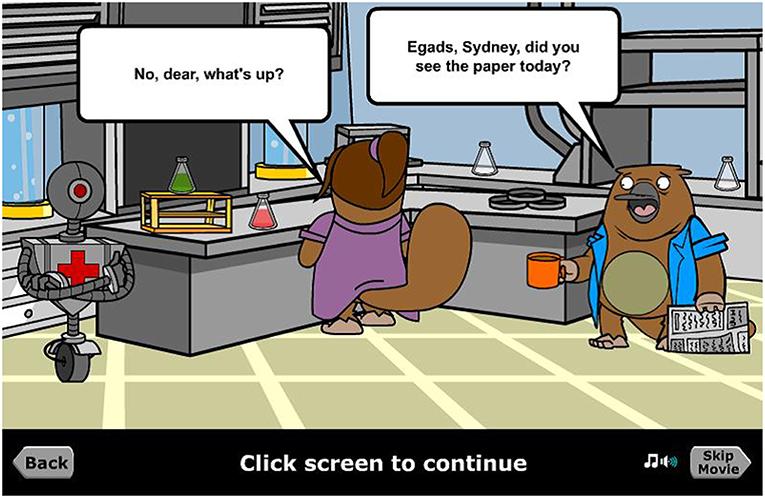How Game-Based Learning Transforms Education: Student Feedback & Impact Explained
Game-based learning has rapidly emerged as a powerful pedagogical tool in modern education. By blending educational content with game mechanics, teachers and educators are discovering innovative ways to boost student engagement, encourage active participation, and improve educational outcomes. But what exactly makes game-based learning so effective? how do students feel about these gamified experiences? In this article, we delve deep into how game-based learning transforms education, illustrated by detailed student feedback and real-world impact.
What is game-Based Learning?
Game-based learning (GBL) integrates game elements—such as competition,storytelling,rewards,and challenges—into educational activities. Unlike customary teaching methods, GBL transforms lessons into engaging experiences that resonate with today’s digital-native students.
- Gamification vs. Game-Based Learning: While gamification adds game-like features to non-game contexts (like awarding points for homework),game-based learning uses structured games for deeper educational value.
- Examples: Popular applications include math puzzle games, language learning apps like Duolingo, and immersive virtual simulations for science and history.
Benefits of Game-Based Learning in Education
Educational technology experts and teachers report a wealth of benefits when integrating game-based learning into classrooms. Here’s how it transforms the educational experience:
1. Increases Student Engagement
- Students become more motivated through challenges and immediate feedback.
- Interactive gameplay keeps learners attentive and invested in assignments.
2. promotes Active Learning & Collaboration
- Encourages critical thinking, problem-solving, and communication skills.
- Group-based games foster teamwork and healthy competition among students.
3. Enhances Knowledge Retention
- Educational games reinforce learning through repetition and hands-on experience.
- Story-driven games create emotional connections, enhancing memory retention.
4. Supports Differentiated Learning
- Games adapt to individual skill levels,offering personalized challenges and support.
- Cater to diverse learning styles (visual,auditory,kinesthetic) through multimedia elements.
5. Provides Real-Time Feedback
- instant assessments through scoring and progress tracking help both students and teachers identify strengths and improvement areas.
Student Feedback: Voices from the Classroom
real student feedback offers invaluable insights into how game-based learning is perceived and its tangible effects on education.
“Learning math with games made it much more fun.I was actually excited to do my homework because I could level up with every correct answer.” – Maria, Grade 7 Student
- Positive Attitude: Students overwhelmingly describe game-based learning as “fun,” “engaging,” and “motivating.”
- Boosted Confidence: Many students reported increased confidence, especially in subjects they previously found challenging.
- Collaboration: Group games led to better peer relationships and improved teamwork skills.
“Playing science games helped me understand concepts better. I could experiment without fear of failing, which made learning less stressful.” – jamal, High School Student
These sentiments are echoed across different grade levels, with students often requesting more game-integrated lessons.
Case Studies: Game-Based Learning in Action
Case Study 1: Math Rescue (Elementary School)
After adopting a math game called Math Rescue, one elementary school noticed a 30% increase in math test scores over a single semester. Teachers noted higher participation rates and reduced math anxiety among students.
Case Study 2: Minecraft Education Edition (Middle School)
A middle school history class used Minecraft Education Edition to recreate ancient civilizations. Students reported greater excitement about research and retention of historical facts. Teachers observed more meaningful discussions and better project outcomes.
Case Study 3: Kahoot! in Remote Learning
During remote learning periods, educators found that Kahoot! quizzes kept students engaged and connected from home. Teachers cited improvements in class attendance, participation, and knowledge checks.
The Impact of Game-Based Learning: Data & Insights
- Engagement Levels: Studies show student engagement increases by up to 60% when educational games are used regularly (Edutopia).
- Knowledge Retention: Research suggests information retention improves by 23% when concepts are taught through games (SAGE Journals).
- Skill Progress: Game-based learning enhances problem-solving, critical thinking, and digital literacy skills—core competencies for 21st-century education.
Practical Tips: How to Implement Game-Based Learning Effectively
Ready to bring the transforming power of game-based learning into your classroom or e-learning platform? Here’s how to get started:
- Start small: Incorporate existing educational games relevant to your subject before designing your own.
- Align with Learning Objectives: Choose games that reinforce your curriculum, not distract from it.
- Encourage Collaboration: Select games that promote teamwork and communication.
- Solicit Student feedback: Regularly ask students for input on game choices and learning experiences.
- Balance Screen Time: Integrate offline activities to ensure holistic learning.
Popular Game-Based Learning Tools
- Kahoot!
- Quizizz
- Minecraft Education Edition
- Duolingo
- Prodigy Math
- Classcraft
Challenges to Consider
- Access and Equity: Not all students have equal access to digital devices or reliable internet.
- Quality of Games: Some games may not align with educational goals or may oversimplify complex topics.
- Teacher Training: Effective implementation requires guidance and professional development for educators.
Conclusion: The Future of Game-Based Learning in Education
Game-based learning is not just a passing trend—it’s reshaping education for the digital age. By merging proven academic principles with the motivation and excitement of games,educators are unlocking new pathways for student growth and success. with compelling student feedback and mounting evidence of improved outcomes, schools and educators worldwide are embracing game-based learning as a cornerstone of 21st-century teaching.
As technology continues to evolve, so will the opportunities to make learning more engaging, inclusive, and effective. Whether in a physical classroom or a virtual surroundings, game-based learning is poised to transform education for generations to come.

